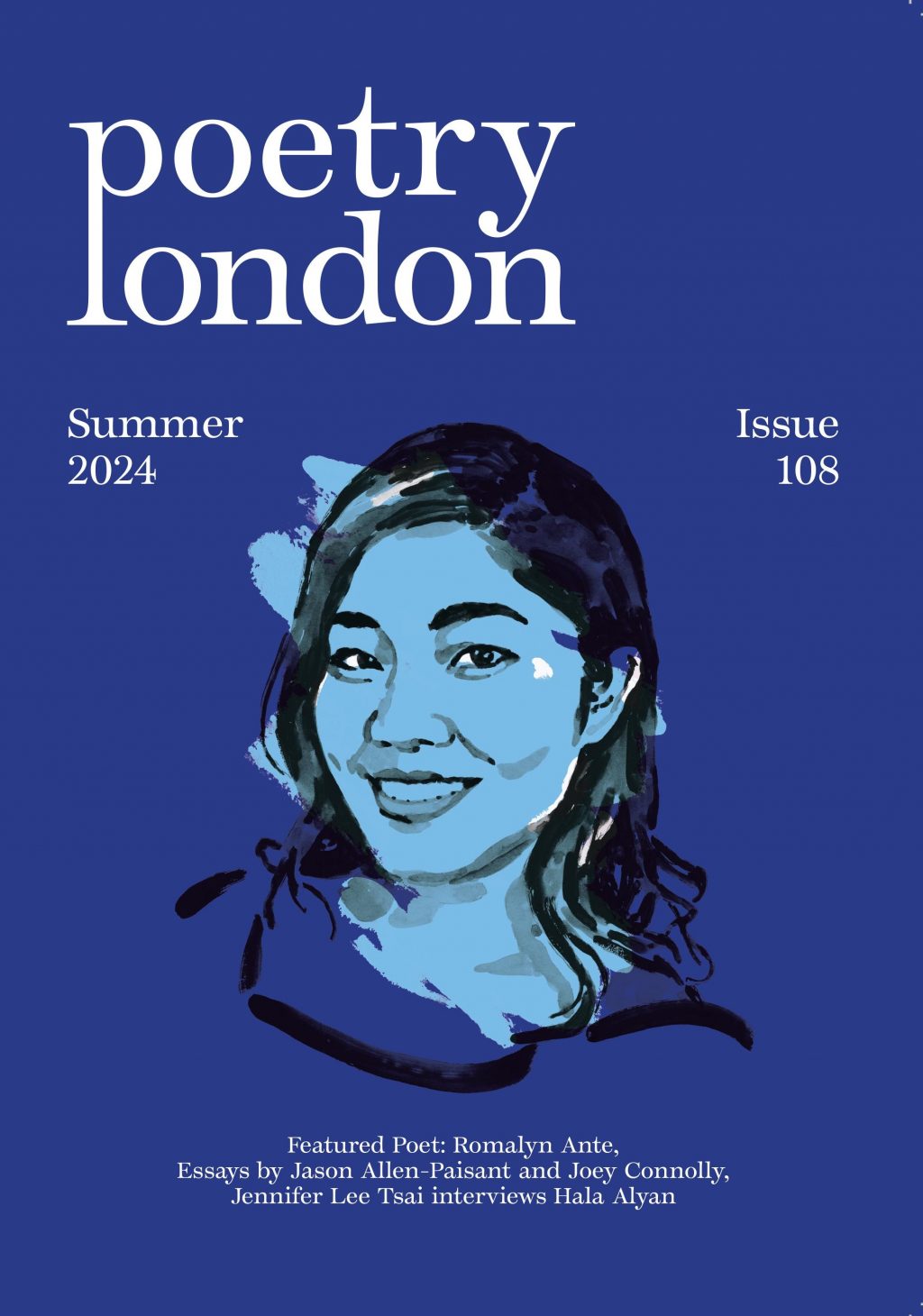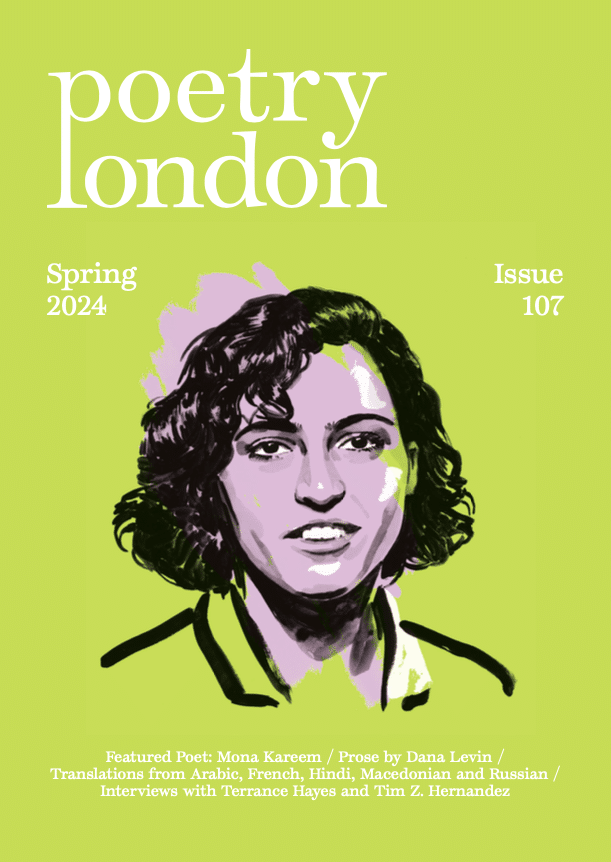The Less Consoled | Helen Mort on poetry and landscape
Peter Riley
Due North
Shearsman £9.95
Blake Morrison
Shingle Street
Chatto £10.00
In a recent New Statesman article, naturalist and environmental activist Mark Cocker described a subtle shift in British nature writing, evidenced in the popularity of books like Helen MacDonald’s H is for Hawk and William Atkins’ The Moor – a shift away from interrogating the relationship between culture and nature towards examining the connections between literature and landscape. For nature writing to engage with reality, Cocker suggests, it must reflect something of how we are destroying the habitat of the British Isles. There is a danger that the ‘new nature writing’:
becomes a literature of consolation that distracts us from the truth of our fallen countryside, or – just as bad – that it becomes a space for us to talk to ourselves about ourselves, with nature relegated to the background as an attractive green wash.
Cocker used Kinder Scout in Derbyshire as a motif for the changes we’ve enacted on our landscape – an iconic hill and the site of a mass trespass in 1932:
All of the macro-details – the sky, the elements, the contours of the place, with those fantastic gritstone monoliths along its wind-buffeted edge – are intact. What is gone is everything else: the complex vegetation, the living peat substrate, the grouse, the twites and the ring ouzels.
Cocker does not consider what role poetry might play in re-examining the ecological landscape, perhaps because he assigns it to the literary backdrop that so many of the non-fiction writers he identifies draw upon. Yet two recent collections, Shingle Street by Blake Morrison and Due North by Peter Riley complicate the new orthodoxy, painting a more pessimistic and entangled picture than much current prose does.
Riley’s Due North is a poem in twelve chapters that deals with northward migration in England, following workers, soldiers, children and other travellers into and out of the manufacturing districts of the north. It is a layered piece of writing which reads like a drama as well as a poem (there is a prevailing sense of cast and direction throughout) and at its heart is a chapter on ‘The Ascent of Kinder Scout’, which deals with the 1932 trespass. Riley’s mountain is populated by ghosts as well as ‘wind-carved monoliths’, ‘luminous cloud’ and deserts of ‘gravel and scattered boulders’. The hill is framed as a symbol of the civilization that the walkers have come from: ‘on the horizon, Kinder Scout is a shadow lost in the black sky, an enormous gravestone in memory of the welfare state’.
What is striking about Riley’s Kinder Scout is how little space is afforded to the physical description of the landscape and yet how large its shape seems to loom over every line in the poem. He succeeds in capturing mountains as presences, mountains as ideas:
We came here to find out
what there was, at the end of a climb asking to be walked,
at the end
of a history under erasure. There was peat and grey outcrops
in mist,
unidentified birds and a medieval boundary stone, there was
a pivot of
a decision about what you want to inhabit.
The summit is a meeting point, a transitory place where men from the west and the east wave to each other then ‘set off back, knowing something new’. Crucially, the summit is a goal which changes the person who arrives at it:
So the top of the mountain is where the wild self ceases to
exist, dissolves
into a yearning for sociality, and a stated purpose dedicated
to its
safeguarding. Then the stars are cast down to float on the
surface of the
stream and a hawk swoops over the saddleback ridge. Locked
at last into
earth we begin the descent.
It is difficult to isolate short quotes from ‘The Ascent of Kinder Scout’ and from Due North in general, difficult to talk about it briefly when it invites you to read it in one long cascade, then return to it, again and again like a walker retracing the path to a summit, asking yourself – as Riley asks the reader – ‘do you know this land?’, ‘do you know this valley?’. The whole book-length poem feels very open, yet requires attention at all times – as such, it is not unlike the experience of navigating Pennine moorland.
The descriptions of urban landscapes are dizzyingly rich too – Manchester is ‘red-black, wooden office floors the wind / combing the city streets, of international hope / despair’ (‘II – A Lost Patrimony’). Riley’s gaze is searching and Due North is a shifting narrative where generations enter and leave, remarkably quietly. There’s a timelessness to it, but no voice claims omnipotence, even when it speaks with authority. The collection is full of an awareness of scale:
Out of my depth is where I stand,
where I’ve always been, silently
breaking metaphors apart until
their sides shine like flint
the edge of a thrush’s voice.
(‘IV – Strangers Arriving. Soldiers Returning’.)
Even though this is a poem that tracks human movements – tracks them acutely – it suggests our insignificance, the vague marks left by our passing in a world where our lives are ‘renewed and cancelled every day’ (‘XII – Angel Meadow’).
Blake Morrison’s Shingle Street addresses some of the concerns raised in Mark Cocker’s critique of the ‘new nature writing’ more directly, dealing with the eroded landscape of the Suffolk coast. The collection’s opening poem, ‘The Ballad of Shingle Street’, is a litany of threat and menace, its sing-song rhythm contrasting with its macabre overtones. Morrison’s Shingle Street is ‘a beach, a bitch, a crypt, a con’, ‘a rest home for the obsolete’, ‘a hole, a heap, a wreck, a wrack’. This enjoyable ballad seems almost heavy-handed when compared with some of the book’s more subtle reflections on the shifting relationship between people and coasts. In ‘Covehithe’, the narrator describes a church with the sea creeping nearer towards it and laments:
What’s to be done?
I blame the dead
in their grassy mounds,
the sailors and fishermen
longing to be back at sea
who since they cant get up
and stride down the beach
entice the sea to come to them.
There’s a dark humour and desperation in this quick blaming of the dead. Even more startling is the bleak, psychological landscape of ‘Wave’:
Remember the dream you had, in the chalet on top of the dunes –
how you woke on the sofa bed to find the sea against the window,
as though you were staring at a tank in an aquarium…
This is a poem that is always kept under control, but only just – a poem on the brink, bristling with a sense of threat, something unnamed and far more sinister than a wave’s ‘clenched fist’ or the ‘slow deletion’ of flood. We are left with an image of:
you receding in step, your bones thinning, your hair whitening,
and the thing that will kill you already triggered and on the move
but taking pains to stay hidden inside you like a flood tide
hidden in the sea.
Morrison’s is no ‘literature of consolation’. It is alert to the damage we inflict and the damage reflected back to us. Even on a calm day, the sea in ‘Dunwich’ is described ‘like a flattened gravestone’. There’s humour in Shingle Street too – a sequence called ‘This Poem’ takes a series of irreverent, shrewd looks at poetry’s vices and devices (‘this poem is my annual bonus’, ‘this poem has been hacked into’, ‘this poem is Jimmy Savile’s gravestone’) – but even the more serene narratives in the collection describe people who are in too deep, or not deep enough. ‘Learning to Swim’ is a wistful, haunting evocation of the generation gap:
and though I swim as well as the next man now
I’ve not succeeded in getting past you.
Here I am, years later, still in your hands.
The final poem in Shingle Street, ‘Latecomer’ offers a refreshingly frank look at what it might mean to try and write about landscapes and our place in them too:
All I’m saying has been said before, but not by me.
To ourselves we’re always new, like the sun coming up
unaware it did so yesterday…
We are left with an image of a solitary official at a track and field competition, still clutching his megaphone, suddenly realizing that ‘events are over for the day / and… all previous records will stand’. It seems an apt metaphor to close a collection that is so sensitive to our place within the scale of things. If Mark Cocker senses a lack in some of the self- referential nature writing that dominates the mainstream, he might turn to poetry for respite. Both Riley’s Due North and Morrison’s Shingle Street seem to reject the pathetic fallacy, taking a wider view of landscapes and transition.
Helen Mort’s first collection Division Street, won the Fenton Aldeburgh Prize in 2014. She is the Douglas Caster Cultural Fellow at The University of Leeds.

